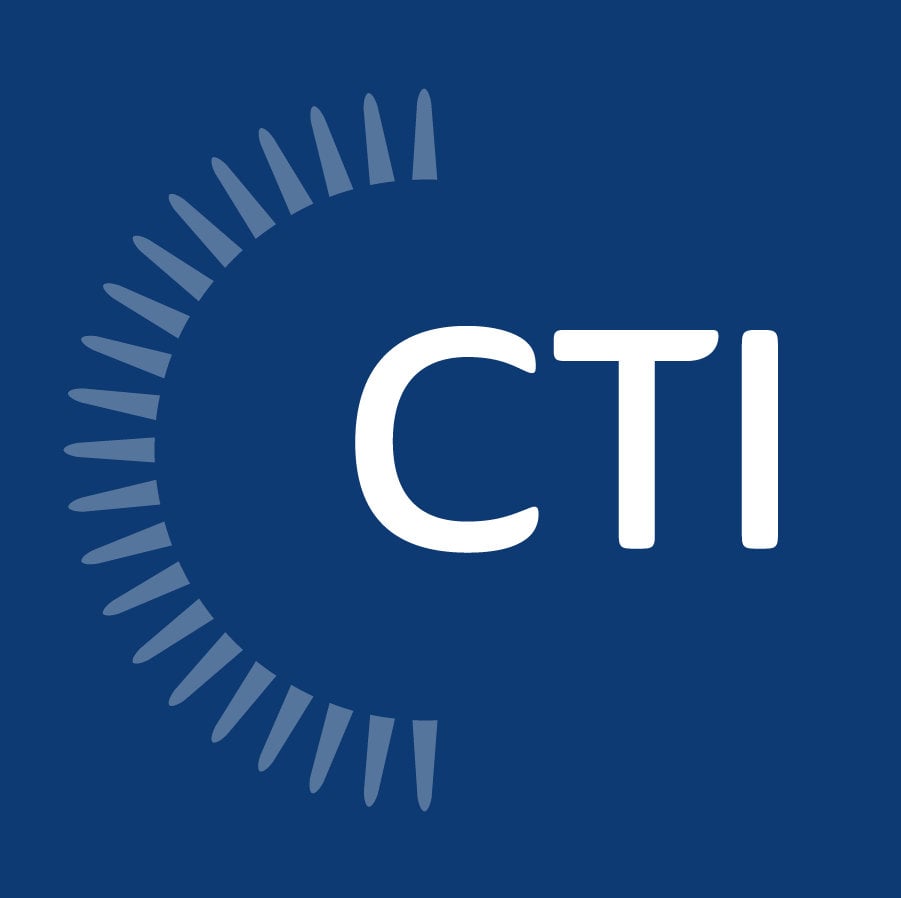 In order to maximize your Architectural and Engineering (“A&E) firm’s Return on Investment (“ROI”); it is important to carefully review and analyze the company’s activities as it relates to the R&D tax credit. Below are some of the key activities that are eligible architecture and engineering activities that A&E firms need to be aware of when identifying and calculating their research activities and credits.
In order to maximize your Architectural and Engineering (“A&E) firm’s Return on Investment (“ROI”); it is important to carefully review and analyze the company’s activities as it relates to the R&D tax credit. Below are some of the key activities that are eligible architecture and engineering activities that A&E firms need to be aware of when identifying and calculating their research activities and credits.
This activity phase includes preliminary and conceptual design aspects of the proposed project as well as the line of business leaders or subject matter experts that may need to be involved for expertise. The preliminary phase involves the review and analysis of data and the development of preliminary technical concepts to be further refined in the schematic design phase. The preliminary design phase involves various alternatives in concepts and the identification of unknown factors to be discovered through analyses. Analyses can include the site-specific investigations, modeling, research, and market-specific investigations. Another aspect of the concept phase is the establishment of goals for the project to be met and to identify the roles, responsibilities, and specific activities to achieve the project’s technical goals.
Schematic Design
The goal of the schematic design phase is to create the preliminary designs and achieve preliminary design approvals. A&E firms evaluate numerous design alternatives in order to arrive at the best preliminary designs. The schematic design phase could involve modeling and in many cases physical modeling and prototypes to establish the proof of concept established in the preliminary design phase. The schematic design phase also includes the evaluations of the final site requirements, structural requirements, building materials, orientation structure, code analysis, geo-technical, area plans and schedules and overall project constraints.
Design Development
The design development phase is a refinement of the preliminary design from the schematic design phase. The goal of the design development phase is to lock down the final design criteria. A&E firms create final detailed strategies to complete the project by developing more refined designs with detailed specifications. The major technical challenges are identified in the preliminary design phase and refined in the schematic design phase are combined with detailed specifications to be able to move the project to the construction documentation phase.
While A&E firms perform many design activities, they need to evaluate whether or not they are incurring research activities eligible for the R&D tax credit, as there are many exceptions to the rules of what activities are qualified research and what activities are excluded activities. To this end, it is important for A&E firms to know the differences between qualified research activities and non-qualified activities in order to maximize their R&D tax credits and Return on Investment (ROI).
For more information on research and development tax credits, download your complimentary guide.



